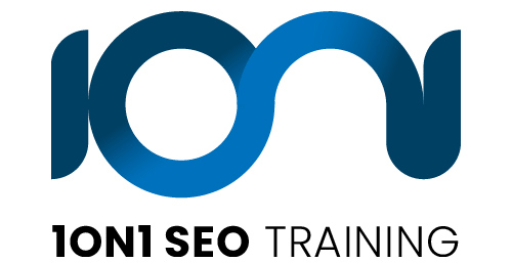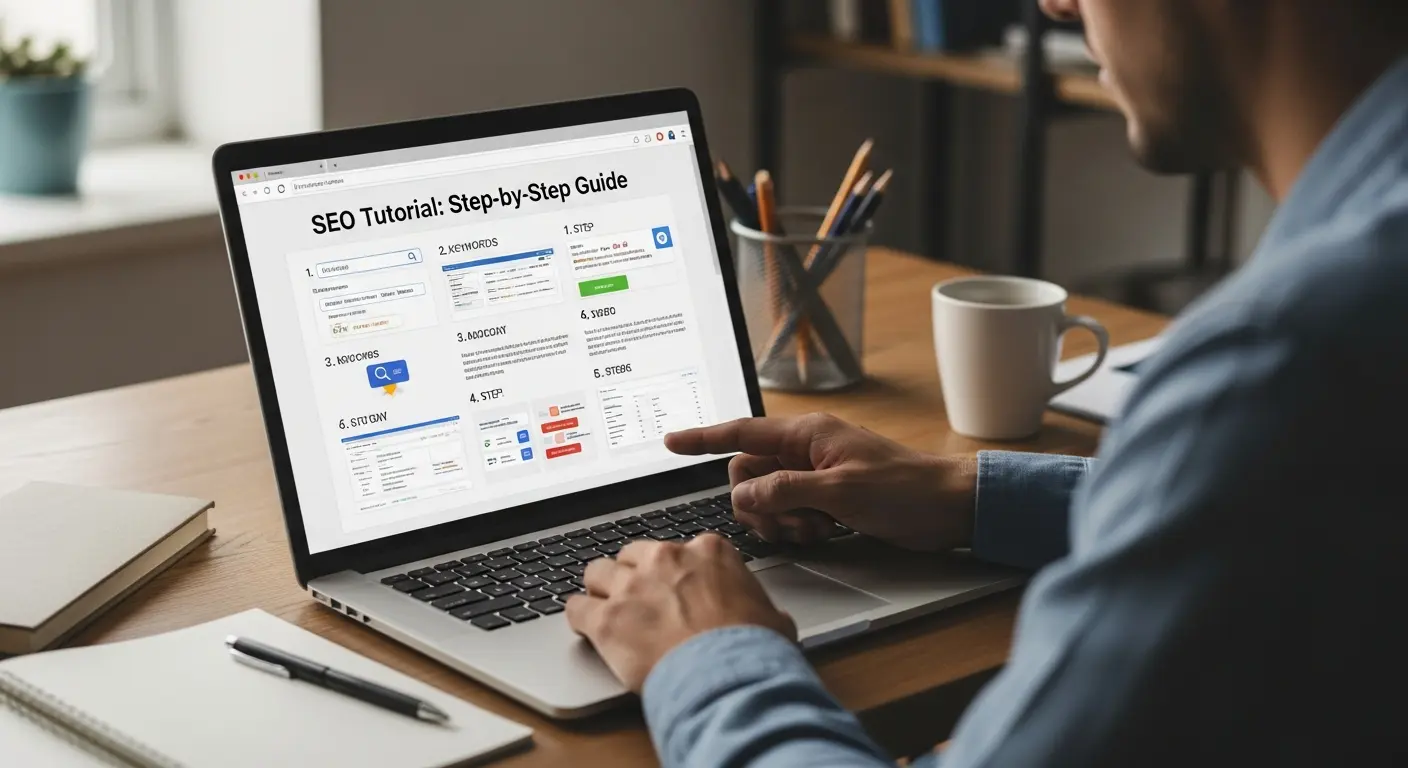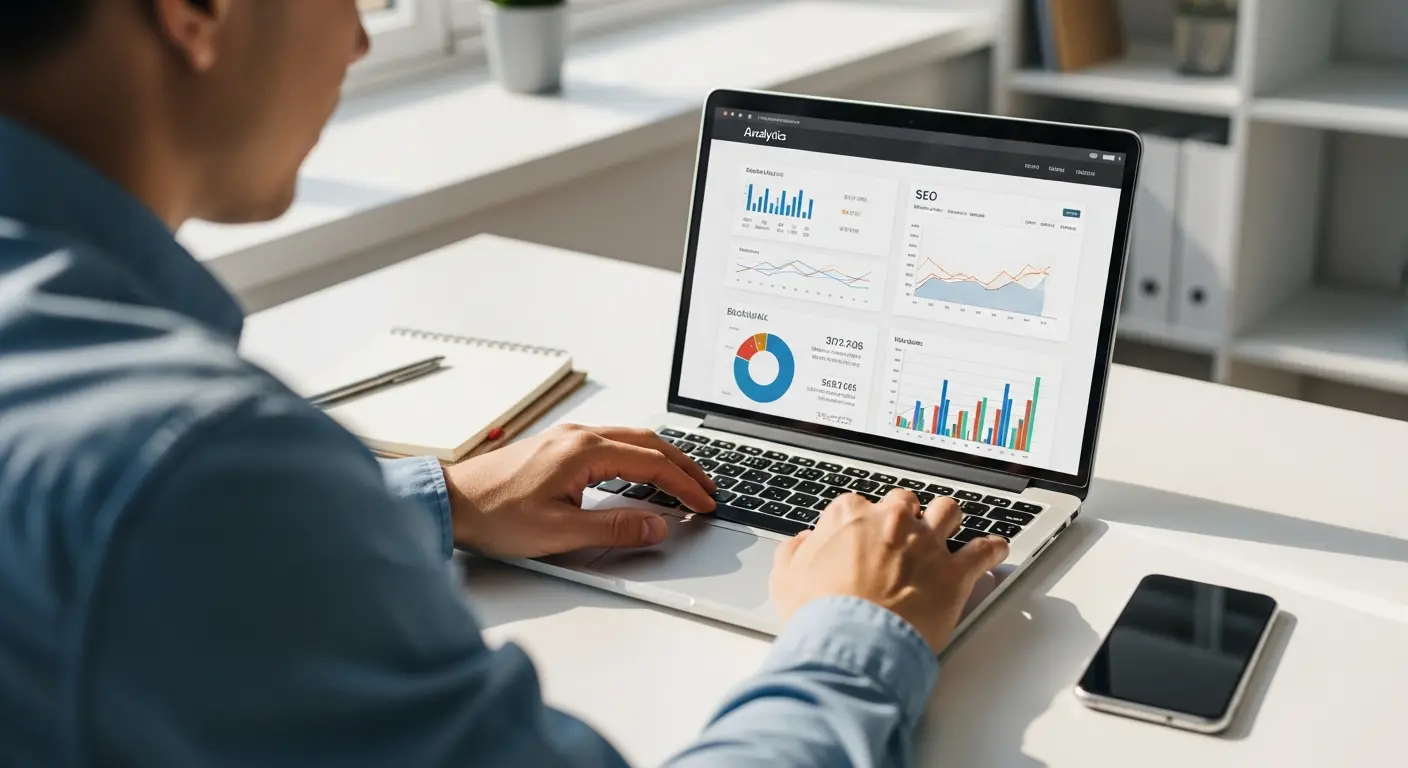INTERNAL AND EXTERNAL LINKS: WHY YOU CAN'T HAVE ONE WITHOUT THE OTHER
Internal links, which are so often eclipsed by the coveted hard-to-get external links, are the unsung heroes of SEO. They're an integral part of a safe, long-term SEO strategy, ensuring that search engines and users alike are able to access and better understand your on-site content.
There are a number of reasons why internal links, which point from one page to another page on the same domain, tend to be neglected. Whether misunderstood or simply overlooked, internal links need to be at the centre of link building brainstorms, not an afterthought.
Here are a few key linking considerations we suggest internalising to get the most out of your content and outreach strategy:
MAKE SURE IT ADDS VALUE TO YOUR READERS
The key purpose of internal links, and the one which should be remembered above all others, is to guide users towards useful on-site content.
If an internal link appears in the main body of an article or page copy, the author's rationale to suggest the linked page to the user must be obvious. This means that the linked-to page must be relevant, must have accurate and natural anchor text, and should immediately add value to the user experience.
Example: if an SEO training company had a blog post about internal links and they mentioned the low pricing of their SEO training pricing page that would make logical sense to include a link like I did in this example. Then users who may be interested in signing up would be encouraged to do so.
If the journey back through the domain is too complicated, though they may even go elsewhere to shop or research their purchase. You may want to open the link in a new tab so people can continue reading the article.
VISIBILITY, AUTHORITY, SPAM-FREE
If internal links are implemented in accordance with the above rule - pointing to pertinent resources using relevant anchor text - then they'll help to define the subject and identity of the linked-to page.
Search engine crawlers arriving at a page via internal links will use the anchor text to identify what the page is about. Using target and relevant keywords for these internal anchors can help improve the page visibility in search for these terms.
Internal links can also be useful when you have many on-site pages with a similar keyword focus. Distinctions between the subject of each page can be made in the anchor text, helping search engines to know which page it should promote for keyword variations. This can prevent pages from competing against each other in search engine results pages (SERPs).
Warning While these domestic internal links are part of a safer (spam-free) strategy, they're not without risk. If you have the same internal link with the same anchor text in the body content of every page, then you're manipulating search engines and putting your site at risk.
SPREAD THE SEO LINK JUICE EVENLY
Internal links enable webmasters to utilize the power of their own websites, channeling all that hard-earned external link equity into high priority pages.
It's all too easy to create dead ends within a site, isolating valuable on-site resources that took months to create and which receive valuable external links. Without internal links, however, this equity doesn't spread effectively across the domain, so the benefit is limited to one page.
When pursuing external links, always be mindful of the existing internal link structure. How is that link equity being redistributed across the site?
Internal links have the potential to improve site visibility, change the way users and crawlers interact with your site, and cement a search engine's understanding of site content. Not having an internal link strategy means you're missing out on the opportunity to boost your SEO and create a better user experience.




